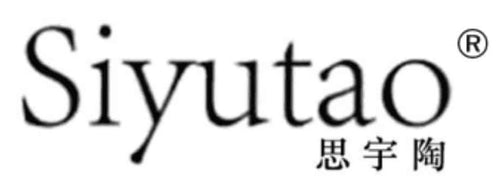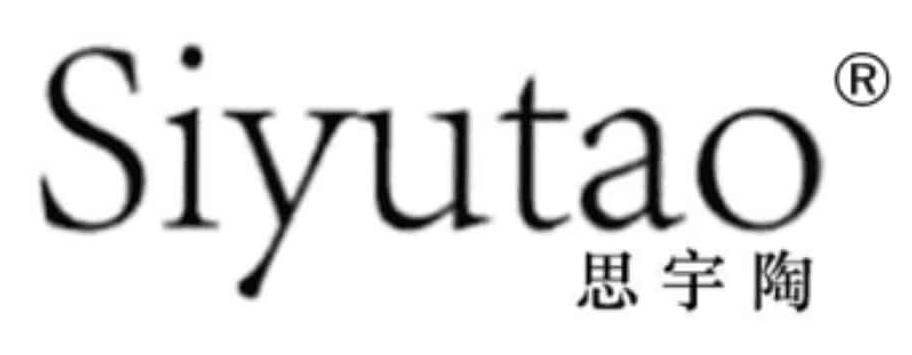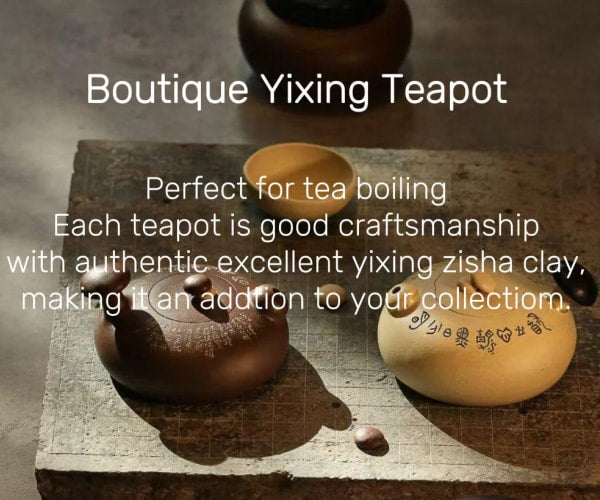A Collector’s Guide: Must-Have Teapots for Connoisseurs
For teapot collectors, certain designs and styles stand out as iconic representations of artistry, history, and cultural heritage. Below is a curated catalogue of the world’s most coveted teapots, celebrated for their craftsmanship, rarity, and enduring legacy.
1. Chinese Teapots
- Yixing Zisha Teapots (宜興紫砂壺)
Period: Ming Dynasty (1368–1644) to present
Material: Unglazed purple clay (zisha) from Jiangsu Province
Features:
Handcrafted by master artisans (e.g., Chen Mingyuan, Wei Ren).
Unique porous texture that absorbs tea essence over time.
Shapes inspired by nature (bamboo, gourds) or geometry.
Why Collect: Prized for enhancing tea flavor and their association with Chinese literati culture.
Notable Examples:
Shi Piao Teapot by Chen Mingyuan (Qing Dynasty).
Masters Series by modern Yixing artisans (e.g., Wei Ren, Hongxi Ren).
- Jingdezhen Porcelain Teapots
Period: Ming and Qing Dynasties
Material: High-fired porcelain with cobalt blue (qinghua) or famille rose enamels.
Features: Delicate hand-painted motifs (dragons, phoenixes, landscapes).
Why Collect: Symbolize China’s porcelain supremacy; rare imperial kiln pieces fetch millions.
2. Japanese Teapots
- Tokoname-yaki Kyusu (常滑焼急須)
Period: Edo Period (1603–1868) to present
Material: Red clay from Tokoname, Aichi Prefecture
Features:
Rustic, unglazed exterior with a natural iron-rich finish.
Built-in clay filters and ergonomic side handles.
Why Collect: Ideal for brewing sencha; embodies wabi-sabi aesthetics.
- Tetsubin (鉄瓶)
Period: 17th century to present
Material: Cast iron, often enamel-lined
Features:
Intricate relief designs (floral patterns, kanji).
Historically used to boil water, now hybrid teapots.
Why Collect: Functional art linked to Japanese tea ceremonies.
- Banko-yaki Teapots (萬古焼)
Period: 18th century to present
Material: Durable, heat-resistant clay from Mie Prefecture
Features:
Often glazed in earthy tones (brown, green).
Fine mesh filters for powdered teas like matcha.
Why Collect: Rare vintage pieces showcase Edo-era craftsmanship.
3.European Teapots
- Meissen Porcelain Teapots
Period: 18th century (Germany)
Material: Hard-paste porcelain
Features: Baroque or Rococo designs with gold accents; iconic “Blue Onion” pattern.
Why Collect: First European porcelain manufacturer; historic royal commissions.
- Wedgwood Jasperware Teapots
Period: 18th–19th century (England)
Material: Stoneware with matte “Jasper” finish
Features: Neoclassical white reliefs on blue/green backgrounds.
Why Collect: Fusion of art and industry; favored by British aristocracy.
- Silver Teapots (Paul Storr, Hester Bateman)
Period: 18th–19th century (England)
Material: Sterling silver
Features: Chased floral motifs, gadrooned edges, ivory handles.
Why Collect: Exemplify Georgian and Regency-era luxury.
4. Middle Eastern & Russian Teapots
- Persian Enameled Samovars
Period: 19th century (Iran)
Material: Brass or copper with vitreous enamel
Features: Floral arabesques, dual chambers for water/tea.
Why Collect: Rare fusion of Islamic art and Russian samovar tradition.
- Imperial Russian Filigree Teapots
Period: 19th century (Fabergé Workshop)
Material: Silver gilt, niello, or enamel
Features: Ornate filigree work, gemstone accents.
Why Collect: Associated with the Romanov dynasty; museum-quality artistry.
5. Modern Masterpieces
- Siyutao Ren's Teapot Studio(CN)
Period: 19th century- modern
Material: Natural Yixing zisha clay
Why Collect: A family of teapot artists with over 140 years of experience.
- Lucie Rie’s Studio Pottery (UK)
Period: Mid-20th century
Material: Stoneware with sgraffito designs
Why Collect: Rie’s minimalist teapots redefine modernist ceramics.
- Hiromi Shinya’s “Kohiki” Teapots (Japan)
Period: Contemporary
Material: White slip-coated Bizen clay
Why Collect: Epitomizes modern wabi-sabi with crackled, organic textures.
Collector’s Checklist
| Category | Must-Have Pieces | Price Range |
| Chinese | Yixing teapot, Jingdezhen porcelain | 1,000–500,0000+ |
| Japanese | Tokoname kyusu, antique tetsubin | 500–20,000 |
| European | Meissen, Wedgwood, Paul Storr silver | 2,000–200,000+ |
| Middle Eastern | Persian enameled samovars | 10,000–100,000 |
| Modern | Lucie Rie, Hiromi Shinya, Siyutao Ren famliy | 5,000-500000+ |
Tips for Collectors
-
Authentication: Seek provenance records or artisan seals (e.g., Yixing pots often bear maker’s chops).
-
Condition: Avoid restored pieces unless historically significant.
-
Rarity: Limited-edition Ming/Qing teapots or signed Yixing works appreciate most.
-
Preservation: Store unglazed teapots away from strong odors; never wash with soap.
Final Note
From the earthy simplicity of Siyutao Yixing to the gilded opulence of European silver, each teapot tells a story of human ingenuity and cultural identity. For collectors, these pieces are not just objects—they are portals to history, art, and the timeless ritual of tea.


